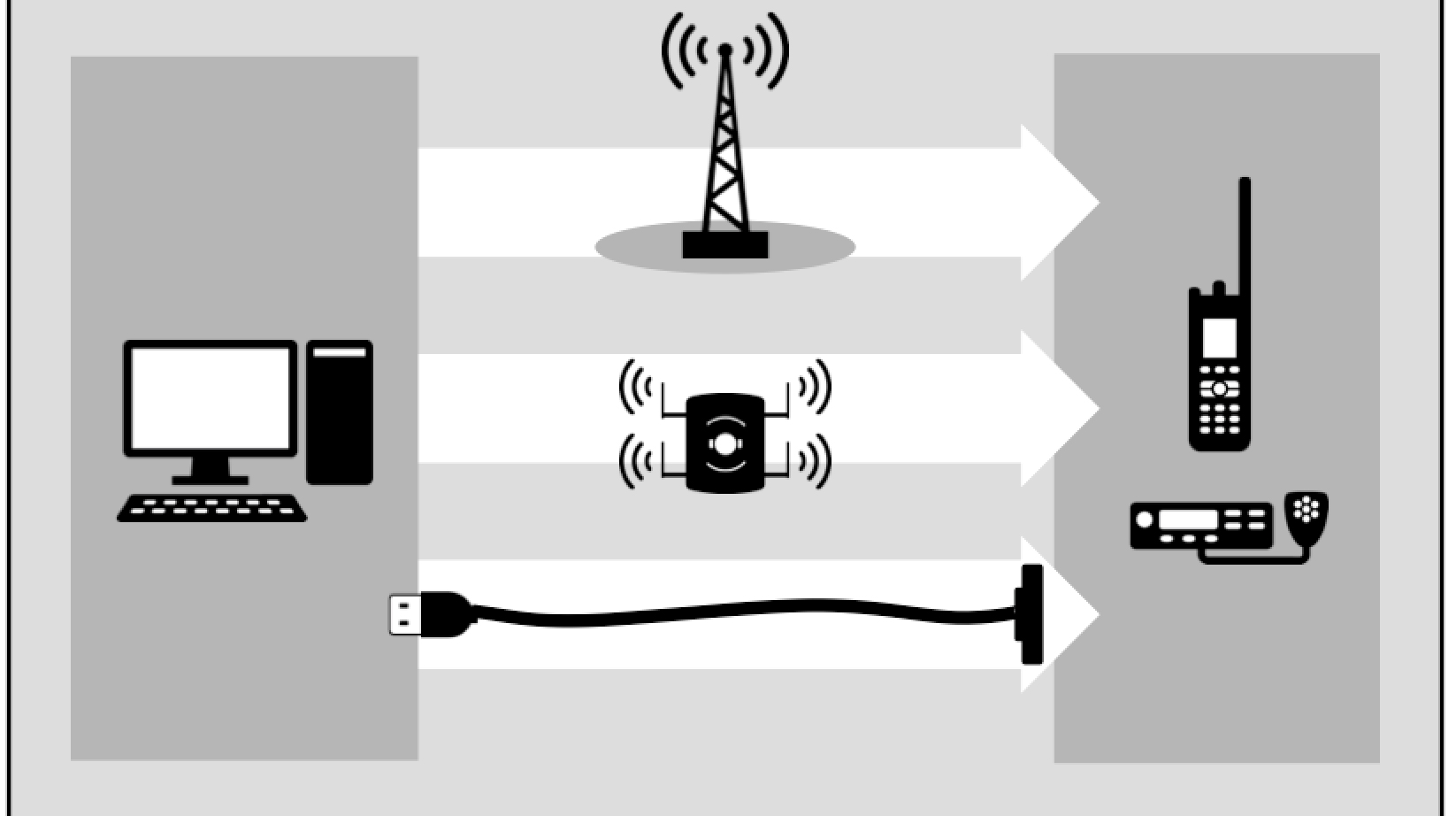Information vs Intelligence
I once heard the difference between intelligence and information described as: information is something you collect, and intelligence is something you create. Another way to think about it is to say intelligence is information with added value. Instead of thinking of intelligence as a thing, think of it as a process made up of the following building blocks: Data → Information + Added Value → Intelligence.
As I discussed in my last post, data are the singular units of information that your agency is always collecting (the who, what, when, where, why). Every name, time, date and address is a piece of data. Every cell in a spreadsheet is a data point. When they stand alone, these pieces of data have very little use or value.
Information is the result of gathering, compiling and analyzing pieces of data. For example, when an analyst uses geographic information system (GIS) tools to create hotspots of crime trends in your district or zone, they are transforming data into information. Information can be very valuable and we should continue to collect, analyze and share it.
To make the jump to intelligence, ask yourself if you can add any value to the information you’re collecting. Two elements of added value are the ability to act on information, and understanding whether the information can be trusted. In my last post, I talked about the ability to act on information by asking ‘What Now?’. When we talk about whether information can be trusted, consider the source. A source can range from completely reliable to completely unreliable and anywhere in between. Ideally, intelligence should consist of information from multiple reliable sources. While this may not be a luxury always available to us in public safety, merely asking whether we can trust our information is an important step and can dictate what type of action we take.
Consider the following example: An analyst at your agency compiles incident records and calls for service data into a map of narcotics hotspots and identifies the peak times of narcotics-related calls for each hotspot. You then couple that with a photo of a suspected dealer’s vehicle captured on CCTV in your real time crime center, and pull information about a specific address within the hotspot from a community tip regarding narcotics sales. When presented together, all of this information becomes intelligence. It is something that can tactically be acted on and becomes more actionable given it consists of information from varied, trusted sources.
Overall, both information and intelligence can be high value currency for you and your agency. The process of thinking through how to elevate the information you’re already collecting, and adding value to it, is what will push you to use more of your data to its highest potential.
While I’ve discussed a lot about how to think about compiling intelligence, my next post will explore the value in learning how to ask the right questions if you’re the one requesting this intelligence from someone else.
Discover more about this idea and how the Public Safety Consulting Team can assist your agency in unlocking the full potential of your public safety data here.




